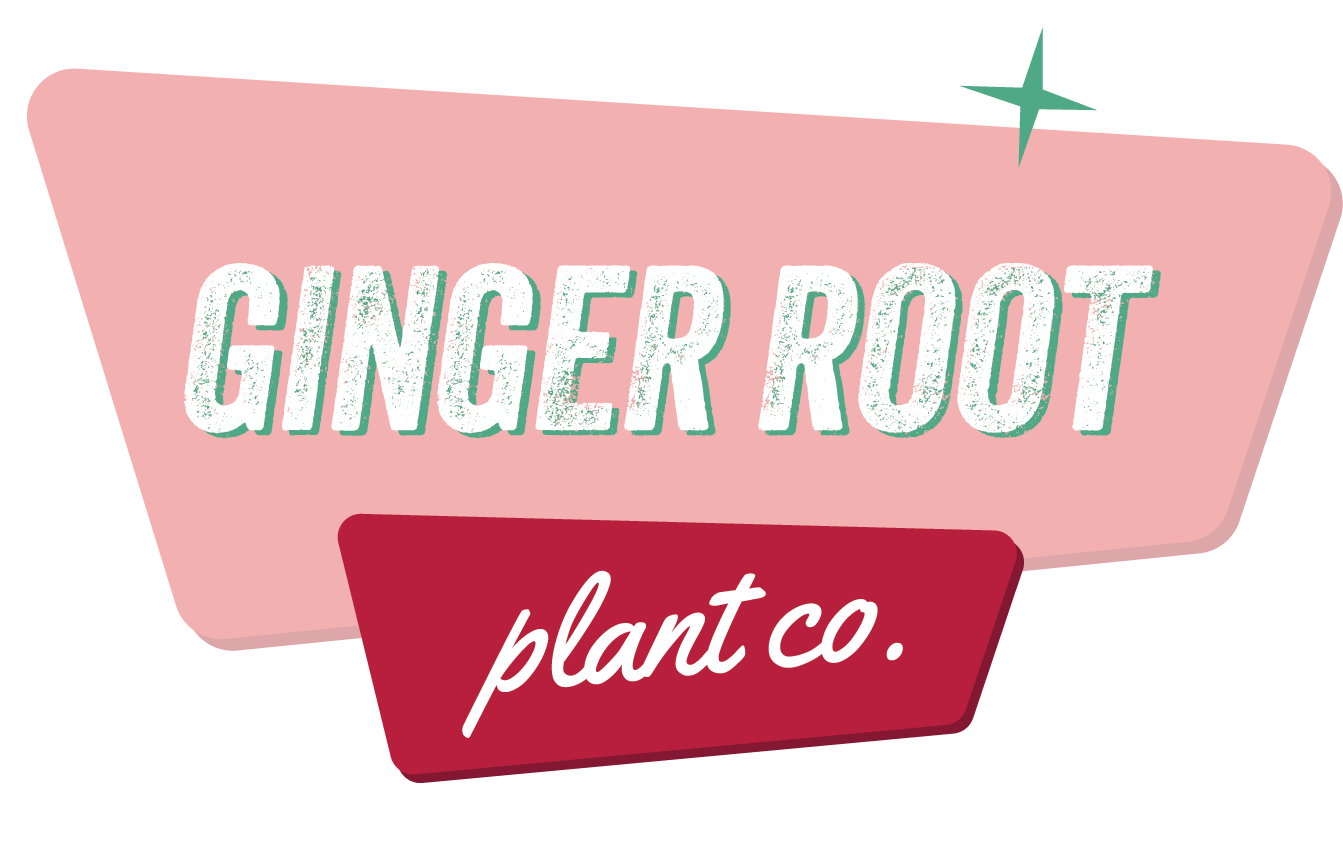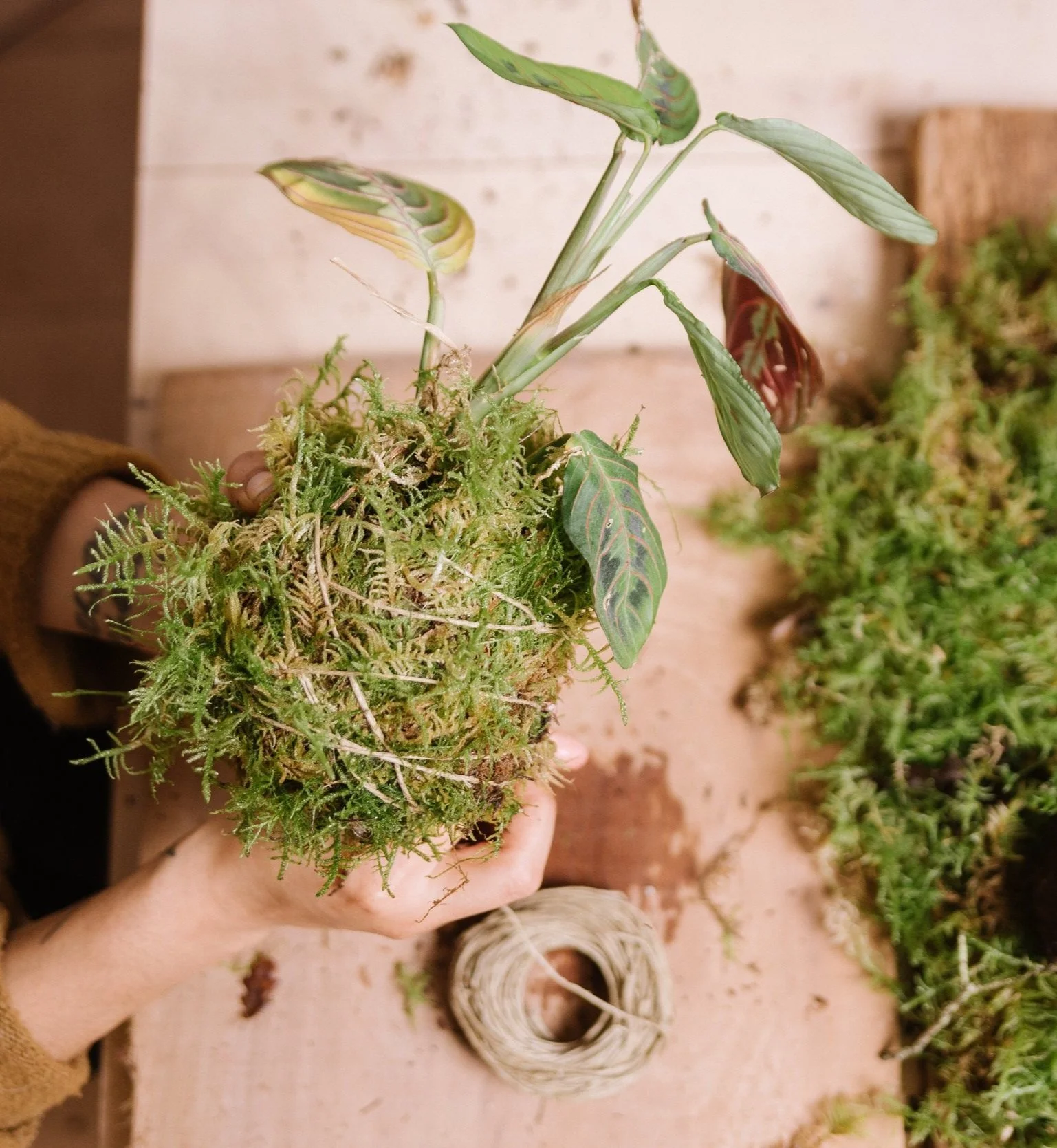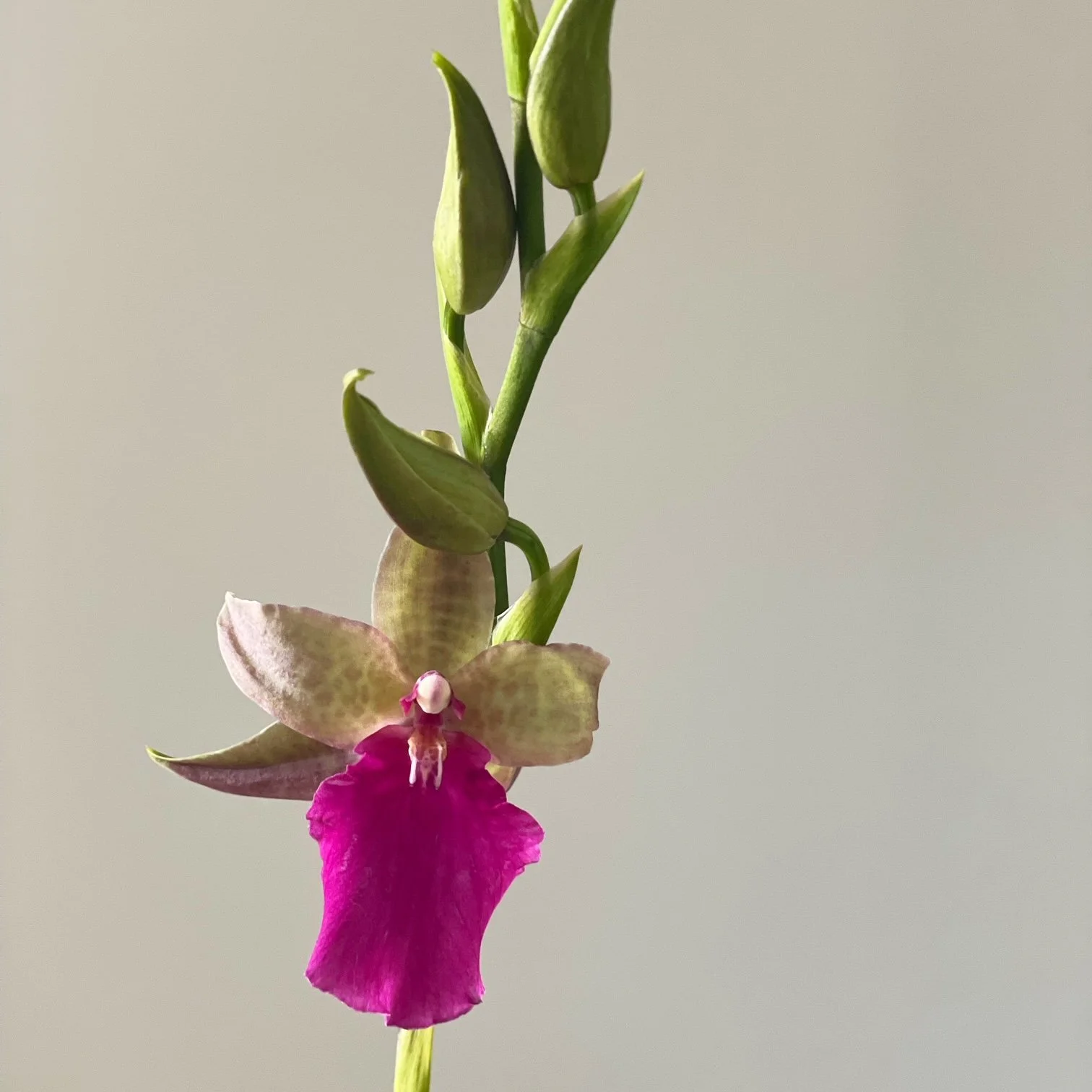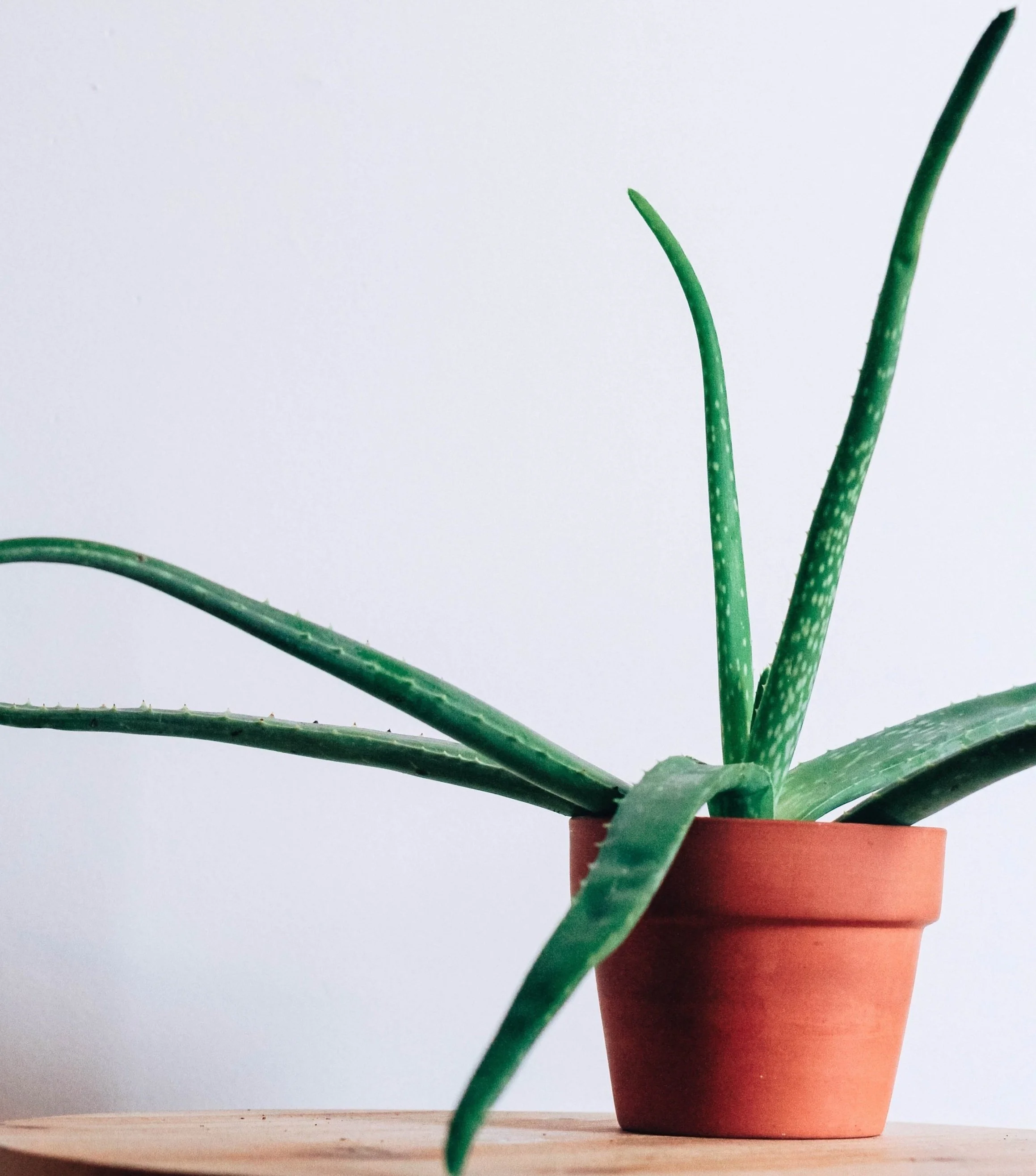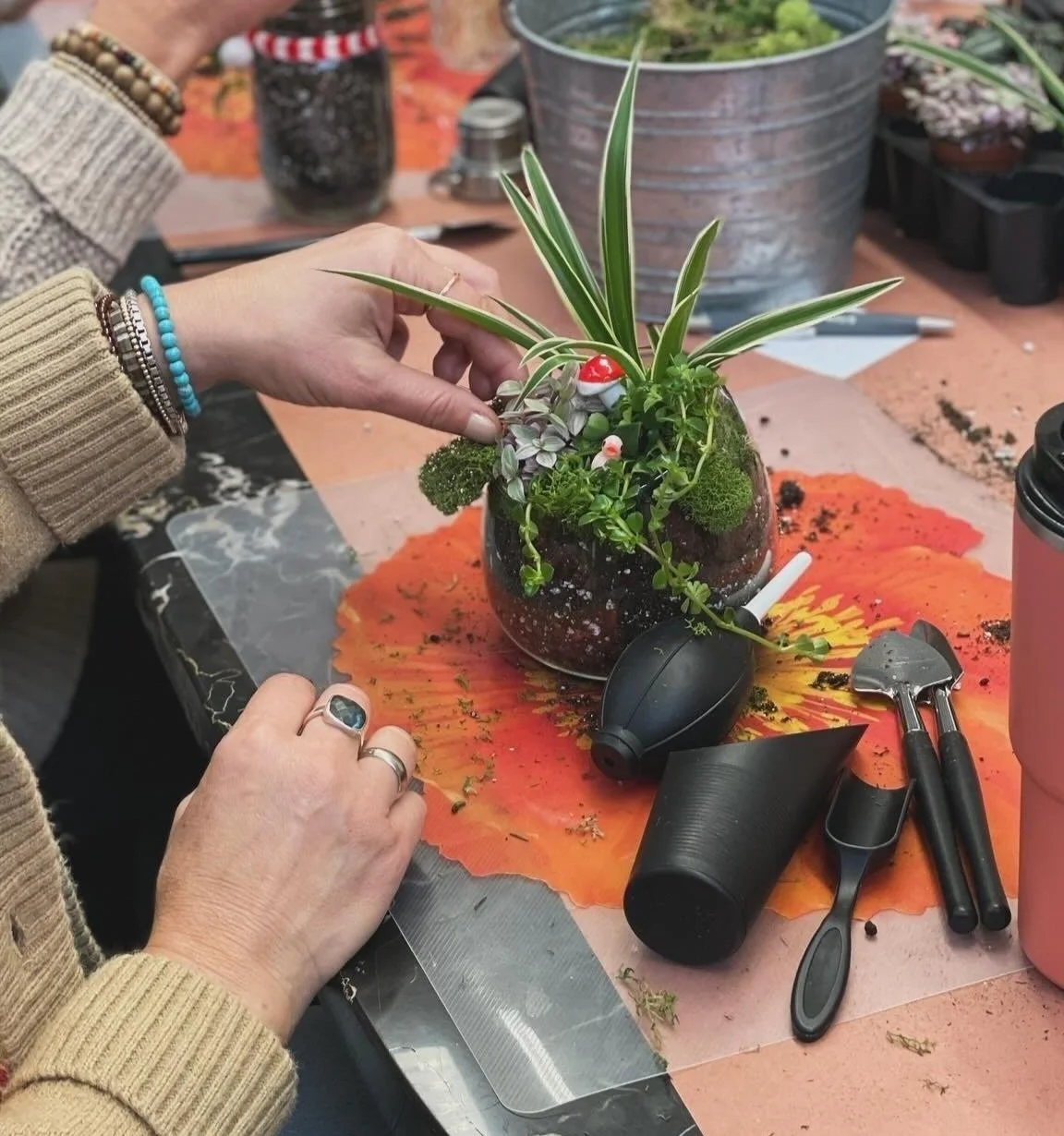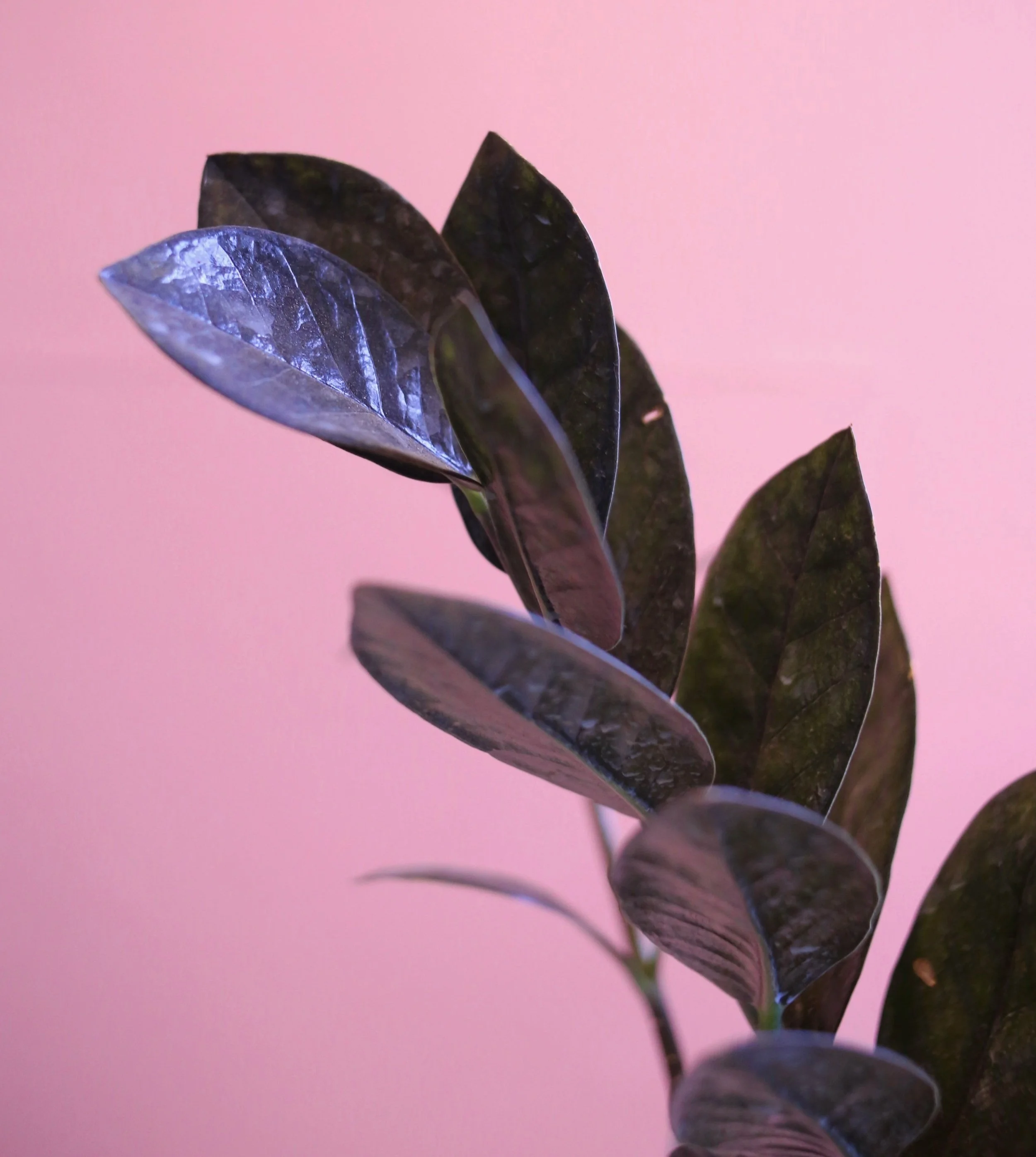2024 Plant Trends
Each new year brings fresh beginnings and new plant obsessions; 2024 is no different. 2024 brings with it botanical trends that go beyond aesthetics, focusing more on sustainable practices, wellness benefits, and creative planting techniques. Whether you're a seasoned plant enthusiast or just beginning your journey, these trends are set to redefine how we interact with the world and appreciate the plants around us.
Kokedama
Kokedama, a Japanese botanical art form that translates to "moss ball," is poised to take the gardening world by storm in 2024. This technique involves encapsulating the roots of a plant in a sphere of soil, covered in a lush layer of moss, creating a unique and visually striking display. As the desire for mindful and immersive plant experiences grows, kokedama stands out as a hands-on way for plant enthusiasts to bring a touch of greenery into their homes. With its harmonious blend of tradition and modernity, kokedama is set to be a major player in the evolving plant trends of 2024.
Backyard Grocery Garden
Gardening and growing your own food is nothing new. But with prices at the grocery store soaring and grandma hobbies trending, many people are discovering this skill for the first time. Fresh vegetables and herbs from the garden not only taste better but are rewarding! Homesteading is the new clubbing.
If you want help turning dirt into dreams and starting your own backyard grocery garden, we are here to help! Email us for garden coaching!
Orchids
After walking around the markets this year and talking to customers, one thing was clear: orchids are IN! I even bought my first orchid (seen here) a month ago!
Their blooms are intoxicatingly beautiful and the variety is immense.
If you are a new orchid plant parent, like me, check out the American Orchid Society.
pollinator gardens
Creating pollinator gardens is a trend I can get behind. I actually have a few in my yard! Pollinator gardens provide habitat and food for local pollinating bees, wasps, moths, and butterflies, including the iconic monarch butterfly.
Along with plants, gardeners can utilize bee hotels and bee watering stations to attract these helpful creatures.
Bonus Tip: Do not prune your perennials until Spring. The stems and branches provide good overwintering habitats for pollinators.
Healing and Medicinal Plants
2023 was all about the green witch with foraging going viral. I foresee this staying strong in 2024.
Healing plants include Aloe Vera for sunburns, Dandelion for detoxification, Rue for insect repellant, and Sansevieria for indoor air quality.
Apothecary Gardens are also a great way to incorporate these healing plants into your yard! Apothecary garden seed kits available here.
Always do your research and consult a doctor before ingesting any plant.
Terrariums
Terrariums come in a variety of shapes and sizes, from open dish arrangements to sealed containers, providing a visually appealing and low-maintenance way to bring nature indoors. These self-contained environments create a microclimate that allows plants to thrive with minimal maintenance.
This planting technique is gaining interest as it offers a creative and space-saving alternative for indoor gardening, appealing to urban dwellers seeking a connection with nature in limited spaces. Plus, how cool is it to watch a mini-ecosystem flourish before your own eyes?
Easy Care and Pet Safe Houseplants
What is the number one request people ask for at Ginger Root? Easy care or pet safe plants. This comes at no surprise!
Over 2020, we maybe all started collecting one too many plants. We now need plants that are low maintenance and easy to care for. We only have so much time and mental capacity.
Don’t forget our furry friends! As of Jan. 2022, approximately 67% of households in the United States own a pet. They come #1 in our household.
Eco-conscious Gardening
As you may know, our hardiness zone was updated in 2023. Climate change is an unfortunate reality that all gardeners will have to adapt to. With this reality, myself and many others are opting to plant native plants. These plants are indigenous to our area and adapted to our local ecosystem. Due to this, they promote biodiversity and often require less water and maintenance compared to non-native species. Less work, and better for the environment! It is a win, win!
Additional sustainable practices that I foresee continuing to gain popularity include leaving the leaves, peat-free potting soils, rain gardens, and prairie lawns.
